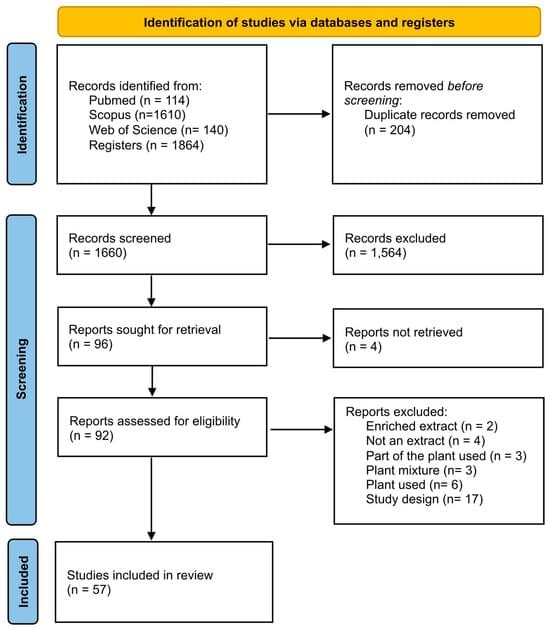An exploration of ten spooky aspects of the multiverse and our universe within it.
https://www.patreon.com/johnmichaelgodier.
Music:
Cylinder Eight by Chris Zabriskie is licensed under a Creative Commons Attribution license (https://creativecommons.org/licenses/.…
Source: http://chriszabriskie.com/cylinders/
Artist: http://chriszabriskie.com/
Cylinder Five by Chris Zabriskie is licensed under a Creative Commons Attribution license (https://creativecommons.org/licenses/.…
Source: http://chriszabriskie.com/cylinders/
Artist: http://chriszabriskie.com/
Darkest Child by Kevin MacLeod is licensed under a Creative Commons Attribution license (https://creativecommons.org/licenses/by/4.0/)






